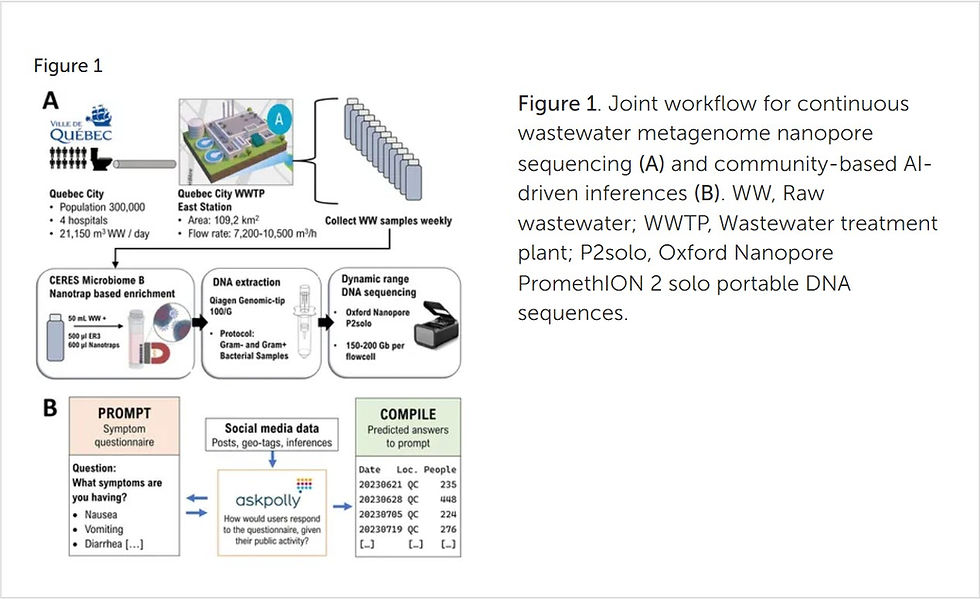Improving Environmental Bio-surveillance: Using Nanotrap Particle Technology for Enhanced Pathogen Detection in Wastewater
- rdunlap
- Oct 4, 2024
- 1 min read
Updated: Mar 31
Wastewater-based epidemiology (WBE) has become a vital tool for tracking SARS-CoV-2 outbreaks, which has led to interest in expanded pathogen tracking. Extensive research has been conducted on the persistence of human enteric viruses transmitted via the fecal-oral route in wastewater. Common targets for multi-pathogen environmental surveillance have been identified as enteric viruses, Salmonella enterica serovar Typhi, Vibrio cholerae, SARS-CoV-2, hepatitis A and E virus, and measles virus. A report from the Centers for Disease Control and Prevention (CDC) indicated 58 confirmed cases of measles in the United States in early 20244, leading to an increased need for community-based detection.
Nanotrap® Microbiome Particles capture and concentrate a variety of pathogens prior to nucleic extraction and detection. Using standard Nanotrap Particle workflows, we aim to demonstrate the utility of this method to capture and concentrate Measles morbillivirus, Hepatitis A Virus (HAV), Enterovirus 71 (EV71), and Salmonella enterica from wastewater samples as a tool for bio-surveillance applications and to facilitate rapid response for potential infectious disease outbreaks.




Comments